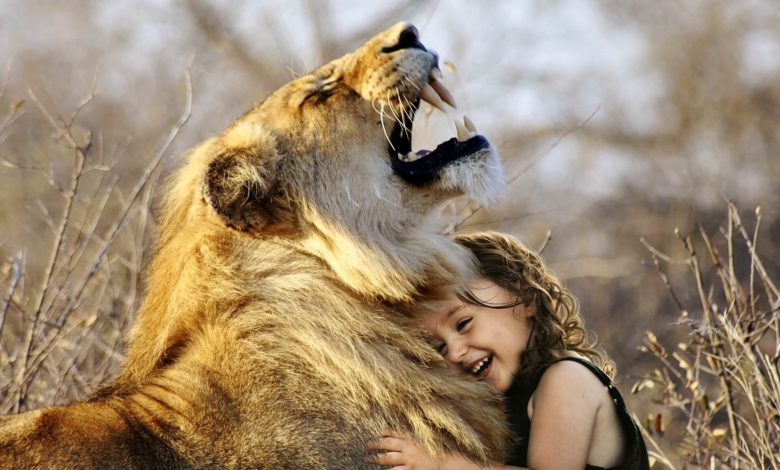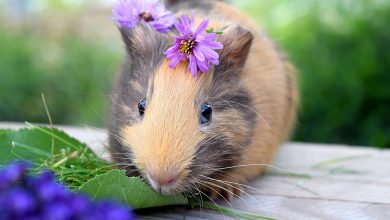Features that Separate Humans from Other Creatures

There are many theories about what are the features that make human beings human. Few of these theories can be counted as interconnectedness or interdependence. The subject of human existence is an area that has been researched and wondered for thousands of years. Theory about the nature of human existence has been developed, as did countless philosophers such as the ancient Greek philosophers Socrates, Plato, and Aristotle. And with the discovery of fossils and scientific evidence, scientists developed further theories. While there is no single result, there is no doubt that humans are truly unique. In fact, the act of thinking about the qualities that make human beings human is among the most basic features that distinguish humans from animals.
Humans have much in common physiologically with other mammals in the world, but they also have features that make them unique in terms of genetics and morphology. This article contains information about the features that distinguish humans from other living things.
What Are The Human-Making Features?
Throat (Voice Box)
Dr. Philip Lieberman explained in his program NPR The Human Edge that after humans separated from monkeys more than 100,000 years ago, the shape of the mouth and vocal tract changed with the tongue and larynx or voice box. After this process, human language has become more flexible and independent and it has begun to be controlled more precisely. The tongue is attached to the hyoid bone that is not attached to any other bone in the body. Meanwhile, the human neck has elongated to accommodate the tongue and throat, and the human mouth has shrunk.
The larynx is lower in human throats than in chimpanzees; This, together with the increased flexibility of the mouth, tongue and lips, enables people to change their speech and singing. The ability to speak and develop the language provides a tremendous advantage for humans. The downside of this evolutionary development is that this flexibility increases the risk of food going down the windpipe and causing suffocation.
Shoulder
According to David Green, an anthropologist at George Washington University, human shoulders are developed in such a way that, unlike the more upright monkey shoulder, it can hold all joints at an angle from the neck horizontally, like a coat hanger. The monkey shoulder is created comparatively more suited to the human shoulder for climbing and hanging down trees, whereas the human shoulder is better for launching and hunting, giving people invaluable survival skills. The human shoulder joint has a wide range of motion and is very mobile, providing great leverage and accuracy potential in launch.
Hand and Thumb
Other primates have opposite thumbs, which provide mobility and grip to touch other fingers. The thumb in humans differs from other primates in exact position and size. According to the Anthropology Center for Academic Research and Education, people have a relatively longer thumb positioned farther from other fingers, and also larger thumb muscles. The human hand is developed to be smaller and flatter than primates. This feature gives them better motor skills and the ability to perform detailed precise tasks such as writing with a pencil.
Naked, Hairless Skin
Humans are mostly the only primates with bare skin, although the hairless body structure is in other mammals, such as the whale elephant. Humans were created this way because they had to travel long distances for food and water according to changes in climate 200,000 years ago. Humans also have a large number of sweat glands called eccrine glands. In order to make these glands more efficient and distribute the heat to the human body better, their hair should be lost. This ensures that they get the food they need to nourish their bodies and brains, while allowing them to live and grow at the right temperature.
Standing Upright and Two Legs
One of the most important features that make humans unique and possibly led to the development of other important traits: they must have two legs, that is, they only use two legs to walk. This feature emerged in humans millions of years ago, in the early stages of human evolutionary development, and gives people the advantage of holding, carrying, receiving, throwing, touching and seeing from a higher vantage point with seeing as the dominant sense. As human legs evolved to be longer around 1.6 million years ago and humans became more upright, they were able to travel long distances and spent relatively little energy in the process.
Embarrassment and Blushing Response
“The feeling of blushing is the strangest and most human of all expressions,” Charles Darwin said in his book The Expression of Emotions in Man and Animals. It is part of the fight-or-flight response of the sympathetic nervous system that causes the capillaries in the human cheeks to expand involuntarily in response to feelings of shame. No other mammal has this feature, and psychologists theorize that it also has social benefits. Considering it involuntary, blushing is considered a true expression of emotion.
Brain
The most extraordinary human feature is the brain. The relative size, scale and capacity of the human brain is greater than that of other species. The size of the human brain is 1 to 50, relative to the total weight of an average person. Most other mammals only have a ratio of 1 to 180. The human brain is three times the size of a gorilla brain. The human brain is at birth the same size as the chimpanzee, but its growth is more than three times the chimpanzee’s brain over its lifetime. In particular, the prefrontal cortex grows to cover 33 percent of the human brain compared to 17 percent of the chimpanzee brain. There are about 86 billion neurons in the adult human brain, of which the cerebral cortex makes up 16 billion. In contrast, there are 6.2 billion neurons in the chimpanzee cerebral cortex.
It is theorized that this childhood period is much longer for humans, that offspring stay longer with their parents because the larger, more complex human brain takes longer to fully develop. Studies show that the brain is not fully developed until the age of 25-30.
Mind, Imagination, Creativity and Intuition
The activity of the human brain and its numerous neurons and synaptic possibilities contribute to the human mind. The human mind is different from the brain because the brain is the tangible, visible part of the physical body, whereas the mind is made up of intangible thoughts, feelings, beliefs, and the realm of consciousness. Thomas Suddendorf proposes in his book The Science of Things That Separate Us from Other Animals.
The mind is a deceptive concept because the minds of others cannot be directly observed. Assuming that others also have somewhat similar minds, one can infer their mental state as full of beliefs and desires. However, these situations are not seen, felt and touched. He makes great efforts to inform the other person about what is in the mind of the person, and the other person has no way to learn about it except to rely on it.
As far as is known, humans have a unique predictive power: the ability to imagine the future in many possible iterations and then actually create what they imagine in the future. Prescribed thinking also provides people with productive and creative abilities unlike other species.
Periodic Memory
Humans also have a unique type of memory that Suddendorf calls “periodic memory”. When episodic memory uses the word remember rather than know, what is probably meant is probably the closest. Memory allows people to understand their own existence and to increase their chances by allowing them to prepare for the future. Survival is a need not only individually but also as a species.
Memories are passed on through human communication in the form of storytelling, which is also the way information is passed down from generation to generation and allowing human culture to flourish. Because humans are highly social animals, they try to understand each other and pool their individual knowledge into a common pool, which encourages faster cultural evolution. In this way, each generation of humans, unlike other animals, is more culturally developed than previous generations.
It explains what makes the stories so important. It helps to explore the future, simulate and test different results without having to take real physical risks. It also helps to convey information in a personal and relatable way, and encourages pro-social behavior, as the urge to produce and consume moral stories is firmly attached to us.
Thanks to their unique memory and their ability to acquire and write language skills, people around the world have been communicating and conveying their ideas through stories for thousands of years, from very young to very old. And storytelling is an integral part of being human about human culture.
Biochemical Factors
As more is learned about the behavior of other animals and fossils revising the evolutionary timeline emerge, it can be difficult to define what makes humans human. However, scientists have discovered some biochemical markers specific to humans.
One of the factors that could explain human language acquisition and rapid cultural development is a gene mutation in the FOXP2 gene that only humans have, the same type of gene mutation as Neanderthals and chimpanzees that are critical for the development of normal speech and language. According to the study by Ajit Varki, a different mutation found in the polysaccharide coating on the human cell surface is unique to humans. Dr. Varki found that adding just one oxygen molecule to the polysaccharide covering the cell surface distinguishes humans from all other animals.
The Future of Species
People are both unique and paradoxical. Although they are the most intellectually, technologically and emotionally advanced species that extend human lifespans, create artificial intelligence, travel to space, show great heroism, sacrifice and compassion, they are also capable of engaging in primitive, violent, brutal acts. And these are also self-destructive behaviors.





